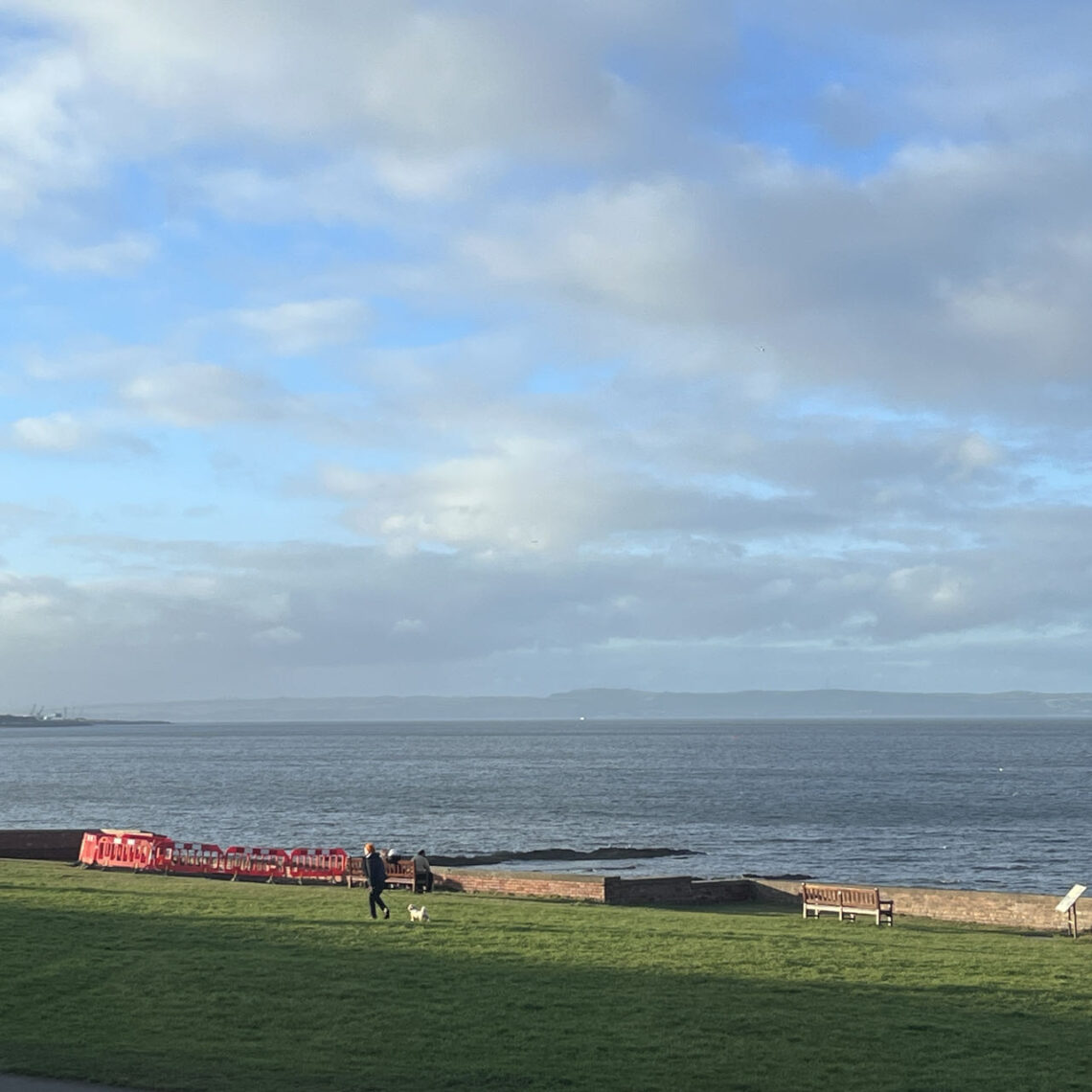I’d like to discuss how I made my final choice among three different formats for my thesis. Initially, I was somewhat puzzled by the “text-only report” option, as my year in the EFI program had gradually accustomed me to multimodal assessments. Thus, I was initially resistant to this format, seeking something more engaging. However, after listening to Jen Ross’s presentation and seeing some examples of past students’ dissertations, I realized that a text-only report could indeed encompass a variety of content. It corresponds to the traditional dissertation format, primarily text-based but can incorporate images, tables, and other elements as supplements and evidence.
The second option, “multimodality,” offers even more variability and flexibility. This format requires our dissertation to incorporate more than one mode, such as audio, video, or web content. A crucial point is that if you choose a multimodal approach, you must ensure that the content produced aligns well with your report and remains cohesive. It’s not about arbitrarily creating something and labeling it as multimodal output. After discussions with peers and consultations with my supervisor, I concluded that a purely textual format aligns better with my research direction and objectives.





